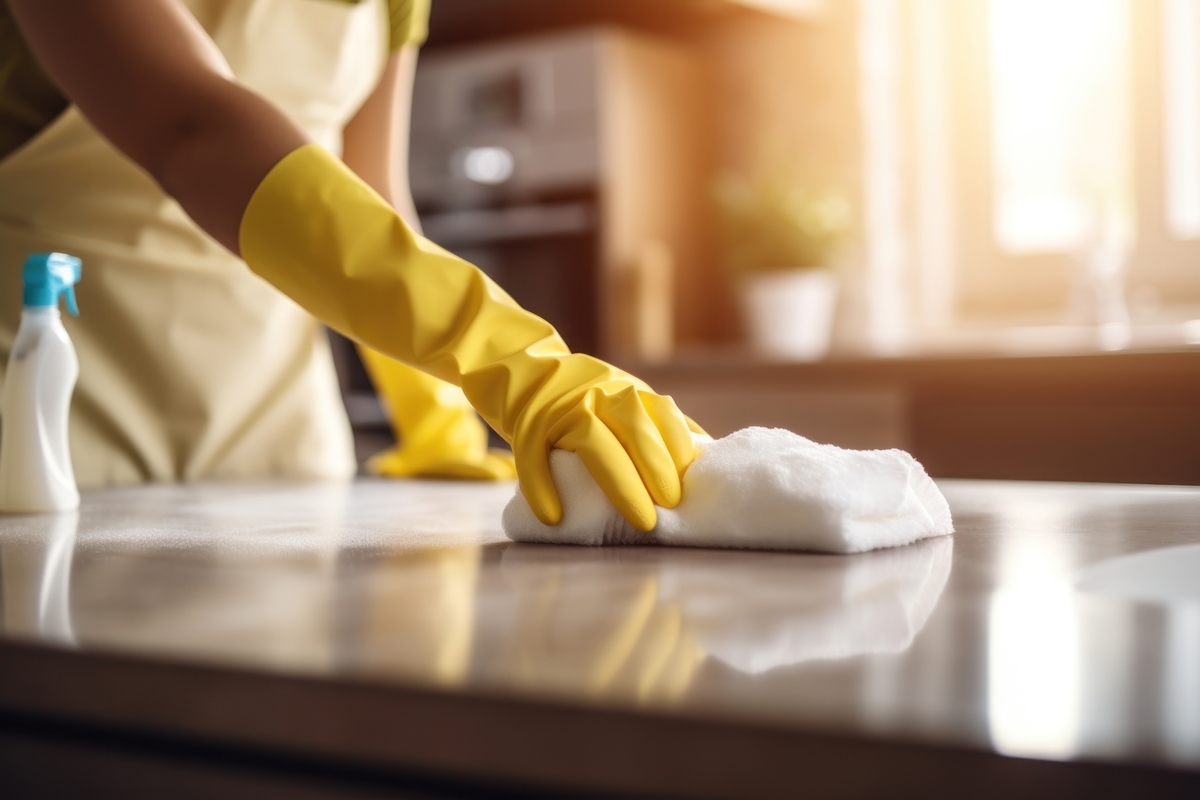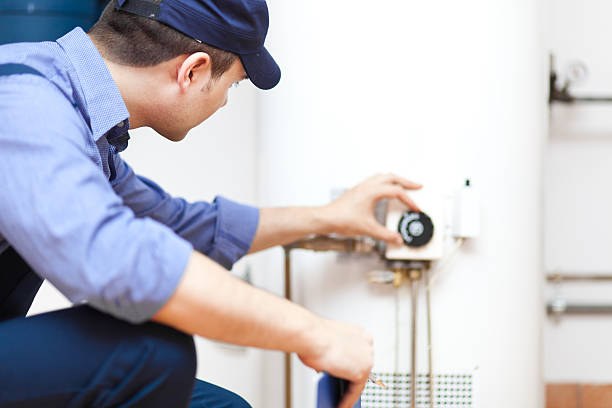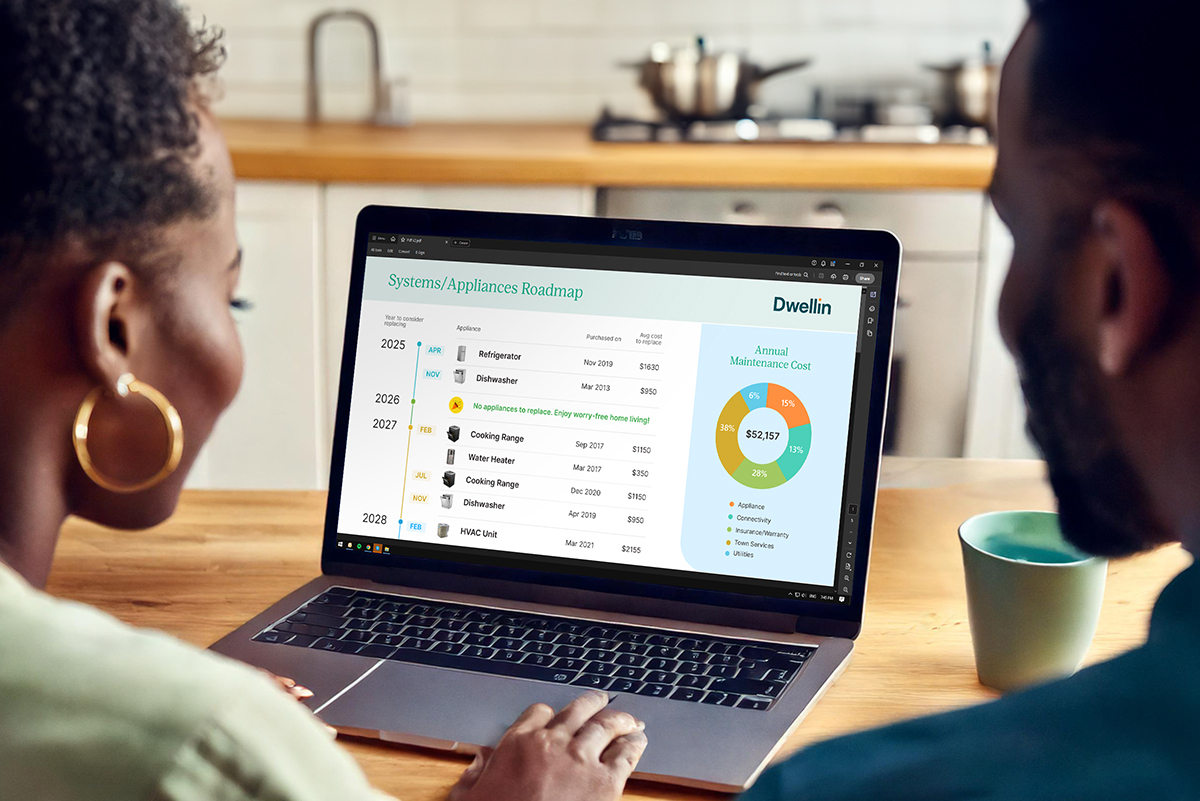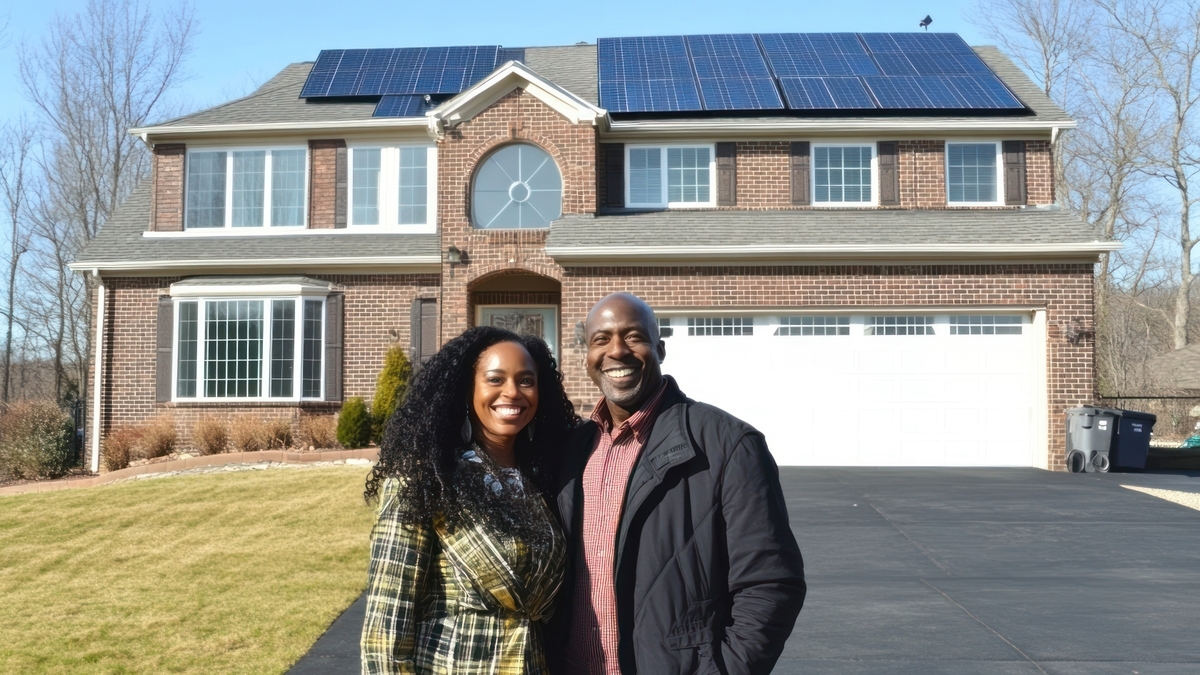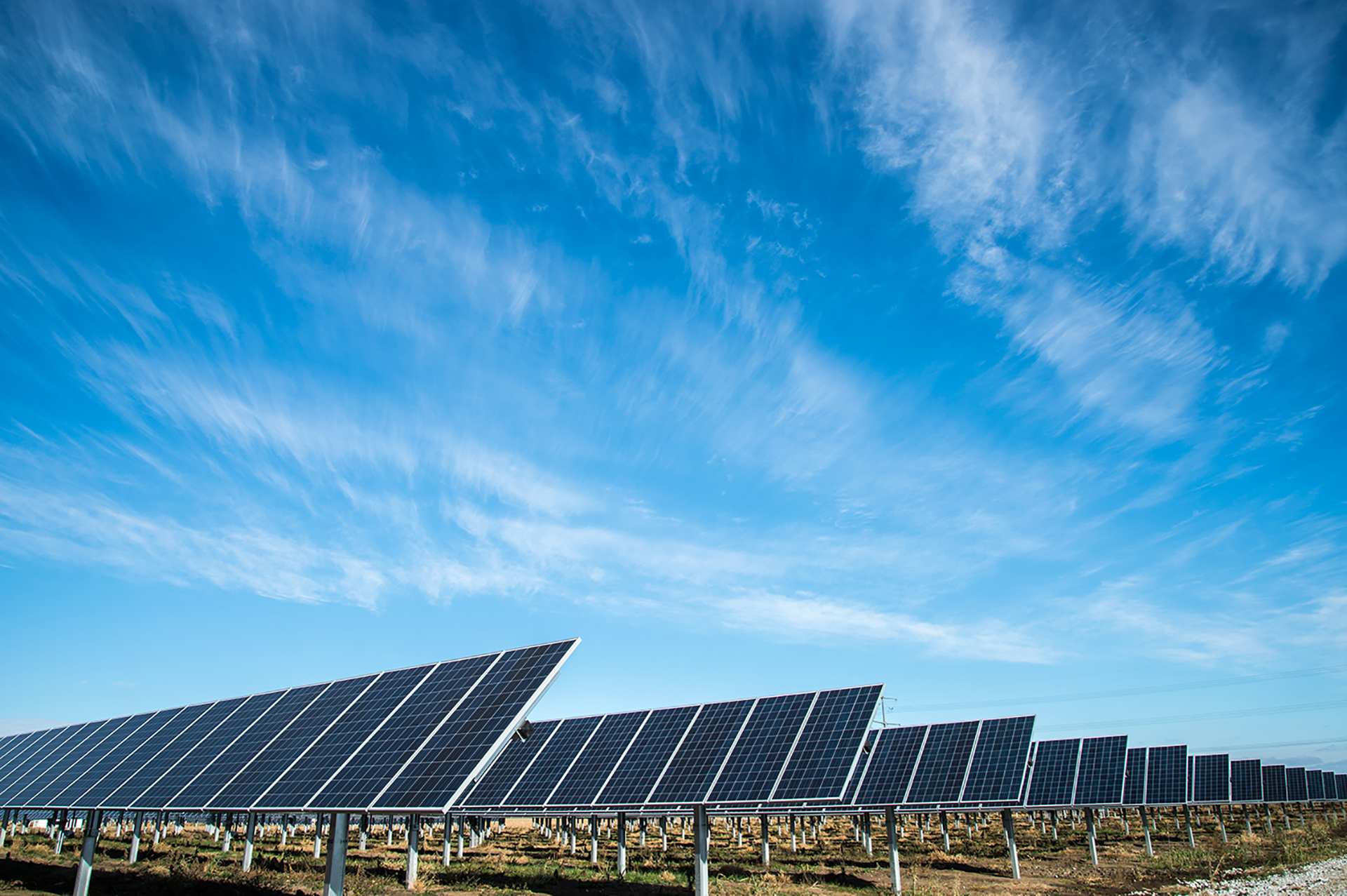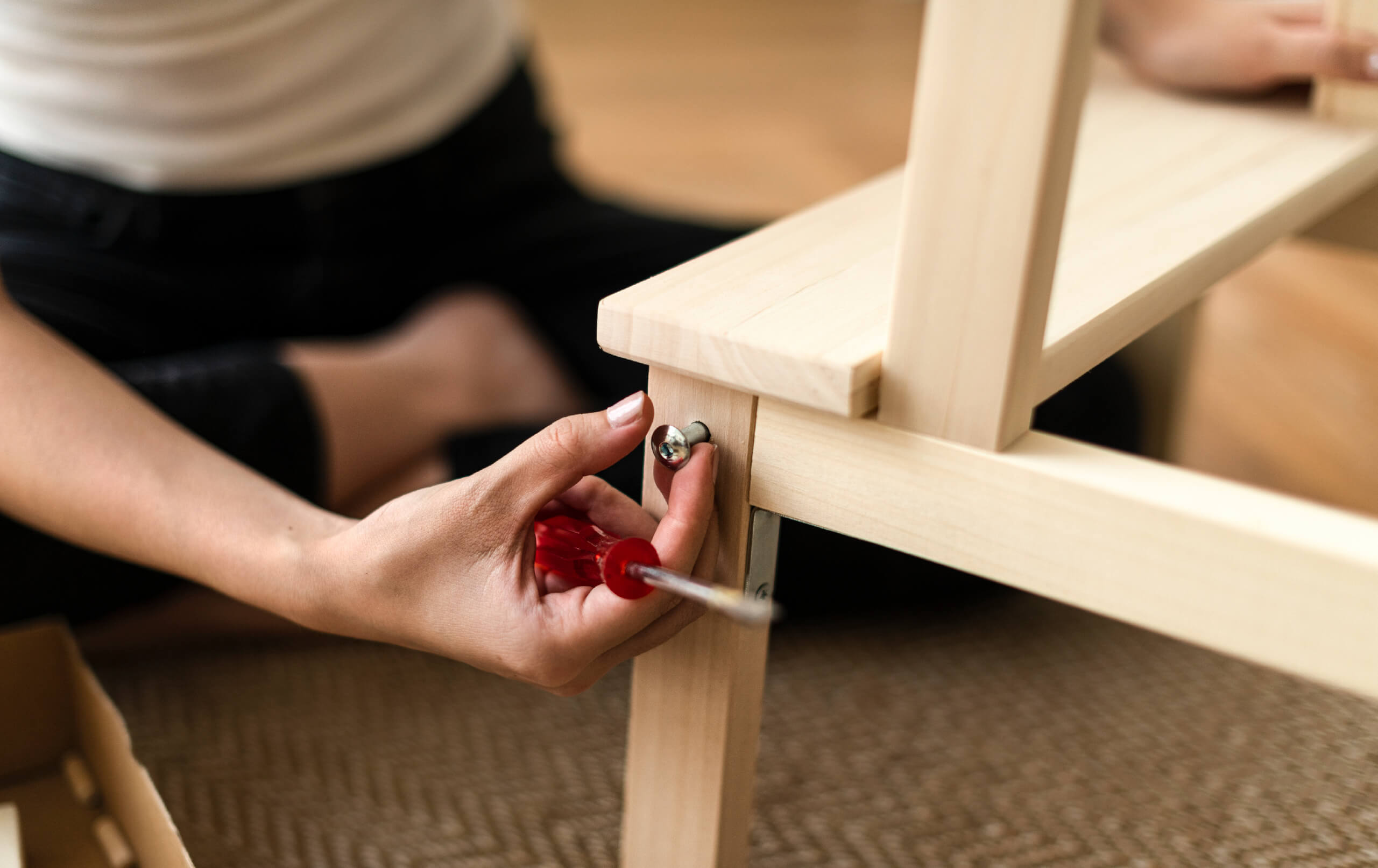7 Most Expensive Home Repairs & How to Avoid Them
7 minute read

For many of us, home is one of the most valuable purchases of our lives. It is our relaxed, personal space that represents comfort and security. Home is where we can build a future, cherish quality time with our loved ones, and make memories.
However, homeownership involves significant responsibilities such as financial commitments, home insurance, and various maintenance projects. Since homes are large structures, some components are prone to wear and tear. However, routine checks and upkeep can prevent certain bigger expenses. For instance, a few hours spent on clogged gutter cleaning, checking roofs, cracks, and more can help you save a huge amount from expensive home repairs.
Here are the 7 most expensive home repairs and maintenance tips on how to avoid them.
1. Roof replacement
Roofs are the head of your house, they protect you from external elements (sun, wind, rain, and snow), bugs, falling debris, and more. A well-maintained roof can improve your home’s lifespan and also add value to it. Roofing structures withstand extreme climates and are susceptible to damage. The average lifespan of roof shingles is around 15-40 years (depending on the type of material used) But failing to perform proper maintenance can reduce it by 5-10 years.
Signs to look for:
Here are some warning signs to look for when performing a roof inspection.
- Missing shingles or curling shingles.
- Open and pointed nails.
- Stains or water leaks.
- Clogged gutters.
- Misaligned sprinkler heads.
- Cracks in ceiling walls.
- Weather damage (snow, storm).
- Moss and algae.
Cost:
Minor regular upkeeping costs a few hundred dollars, but if you let these problems continue for too long, you’ll likely need to replace the entire roof (costing a few thousand dollars).
- The average maintenance costs are around $650, whereas the average cost for replacement can hike up to $6,000 or even more.
How to avoid expensive roof replacement?
Performing routine basic inspections of the roof surface, cleaning the surfaces, fixing any small damages can preserve the roof longer. Additionally:
- Make sure to fix the minor leaks immediately or it can lead to water damage.
- Clean the clogged gutters, to prevent ice dams during winters.
- In addition to inspecting the surface, make sure to check the top most points of the roof to identify damaged/ lost shingles etc.
- Replace the lost shingles and fix the curling ones.
- Pay attention to flashing around the chimney, and vents.
- Keep your attic properly ventilated.
- Trim back the tree branches to protect shingles from scratching.
- Be sure to follow regular maintenance (at least twice a year).
Here is a video on how to inspect your roof every six months to avoid an overpriced roof replacement.
2. Foundation damages
Foundation is the base that helps your home to remain structurally sound. It needs to be strong and in good condition for the safety and structural integrity of your home. One of the most common causes of foundation damage is improper drainage systems and rainwater; it can seep through the concrete, sprout molds, cracked walls, and more. It is, therefore, important to conduct timely maintenance of the foundation.
Signs to look for:
Here are some signs of foundation damage to look and take action for:
- Uneven floors.
- Jammed doors.
- Cracked walls.
- Leaks around the edges of your house.
- Windows are hard to shut.
- Sloping floors.
PRO-TIP
Perform regular foundation checks because severe damages, if ignored, could lead to bigger expenses.
Cost:
Timely maintenance ensures your home foundation remains solid for years to come.
- Regular Maintenace and minor cracks can cost up to $500. But major foundation repairs can go as high as $10,000.
How to avoid expensive foundation damages?
- Keep water away from the foundation.
- Install proper drainage around the house.
- You can also consider placing downspouts extensions 5-10 feet away from house foundation.
- Clean gutters and downspouts to avoid water clogging.
- Perform regular maintenance.
Here is a short guide from Becky Peck, a certified foundation repair expert, on the different signs of foundation problems and solutions to fix them.
3. HVAC unit replacement
Having a year-round well-functioning HVAC system is a must for comfortable indoor temperatures. They are the most used home device that can seldom get ignored for maintenance. However, these heating and cooling systems can last for about 15-20 years if maintained well.
Signs to look for:
Here are a few signs that your HVAC system needs servicing:
- It is not cooling or heating efficiently.
- It is making strange sounds/ noise.
- The unit is leaking.
- Trouble turning on and off.
Cost:
- The average annual service of an HVAC system is around $100 per unit. But the repairs are quite expensive and can cost nearly $7,000.
PRO-TIP
If the HVAC system repairs begin to pile up, it is better to replace your unit. It will save you from pricey repair charges and improve energy savings due to higher efficiency.
How to avoid expensive HVAC replacements?
Here are few maintenance tips to avoid costly HVAC replacements.
- Replace the air filters every 90 days (about 3 months) for smooth functioning.
- Keep an eye on the area around the outdoor unit and keep it clean.
- Get your HVAC inspected by a professional. (A professional will tighten the connections, lubricate parts, and clear out the dirt from the filter.).
- Perform regular maintenance every 6 months.
4. Termite damage
Termites are pesky, invasive insects and pose one of the greatest threats to homeowners. Often, homeowners are unaware of these destructive little pests and their ability to cause severe damage to the home structure. Termites live within the walls and survive by eating the woods of the house.
Signs to look for:
Often homeowners discover and mitigate the presence of termites after the damage is done, which costs them a lot of money. Look out for these warning signs to catch the termites early.
- Sagging floors and ceilings
- Discolored dry wall.
- Small holes in dry walls.
- Peeling paint.
- Crumbling wood.
- Maze within walls.
Here are a few more termite damage warning signs.
Cost:
On an average, these pests are responsible for causing damage of $2 billion (About $6 per person in the US) to homes in the United States per year.
- Early maintenance and treatments costs on average of $540, however, the damage done can result in $7,000 or even more (depending on the severity of the damage).
How to avoid expensive termite repair?
The longer these pests destroy the wood, the expensive it is to deal with them.
- Perform regular pest control and inspections.
- Look for warning signs and take immediate action.
- Consider using a termite resistant wood polish or coat.
- If possible, you can consider avoiding home wooden parts from the ground.
- Consider installing a termite monitor.
- Keep mulch away from your home foundation.
Here is a quick video on a few solutions to get rid of termites.
5. Sewer lines replacement
Sewer lines connect your home water lines to the septic tank or to the public sewage systems. If your home has a septic tank, you may want to repair or pump it over time to identify damage and prevent breakdown. Old, damaged pipes can burst and crack due to winter temperatures causing flooding, and wastewater contamination if it collapses.
Signs to look for:
Here are some signs that your septic tank may need servicing:
- Small but noticeable leakages.
- Slow toilet flush.
- Knocking sounds from the tank.
- Slower drains.
- Foul smelling water near your yard.
Cost:
- Performing repairs for a simple septic pump can cost on an average $500; however, replacing the whole system after a breakdown can cost up to $5,000.
How to avoid expensive sewer lines replacements?
- Perform regular maintenance and have it pumped every 3-5 years.
- Perform routine water line repairs that clean & service the pipes.
- In winters, check and insulate the pipes if possible.
- Also inspect the entire home plumbing system periodically to ensure things are running smoothly.
- Get it inspected by a professional (every 3 years).
Other than these, here are a few integral home components that could cause hefty repairs if ignored:
6. Mold damage
Mold could cause health issues, considerable damage to your walls and furniture if not treated on time. Some molds decay the home structure while some are dangerous to health.
Signs to look for:
- Little black spots behind furniture.
- Undiscovered allergic reactions or symptoms (such as coughing).
- Musty odor.
- Moist or leaky walls.
Cost:
- The average estimated cost for periodic mold maintenance is $500, whereas, mold damage that has gone out of control can cost up to $5,000 or more.
How to avoid expensive mold damage?
- Check for black spots on the walls and dark corners of the home.
- Regularly ventilate your home by opening the windows for a bit or running dehumidifiers.
- Check for leakages in the attic or basement- mold fosters in moist, dark places.
- If you notice mold, spray it with a bleach solution. Call a professional to clean it.
PRO-TIP
Wash shower curtains and bathroom tiles regularly to avoid mold buildup.
7. Electric system damage
Electric system is the nervous system of your home. It is only noticed when there is a power breakdown. For an average homeowner, dealing with electric system maintenance might not be safe. If the electrical system issues go unfixed, it can cause severe damages, causing fire and injury.
Signs to look for:
Here are a few signs of electric damage, you want to check for:
- Frequent circuit breaker trips.
- Sparks from switchboards.
- Flickering lights.
- Fluctuating voltages.
- Damaged wires.
- Burning odor.
Cost:
If the electric system is not maintained regularly, you might have to change the entire wiring system of the house.
- The basic cost of maintenance can cost up to $300, where the cost for rewiring can go as high as $15,000.
How to avoid expensive electric system damage?
- Check for loose switches or plug points.
- Insulate any bare wires around the house.
- Cover bare wires to avoid fire risks.
- Have a professional check the electric system annually.
Conclusion
Homeownership comes with various responsibilities and expenses; some are integral for the upkeep of the house, while some can be avoided with proactive maintenance. We hope these preventive tips and signs will not only save you from spending a fortune but also keep your home well-maintained for years to come.
